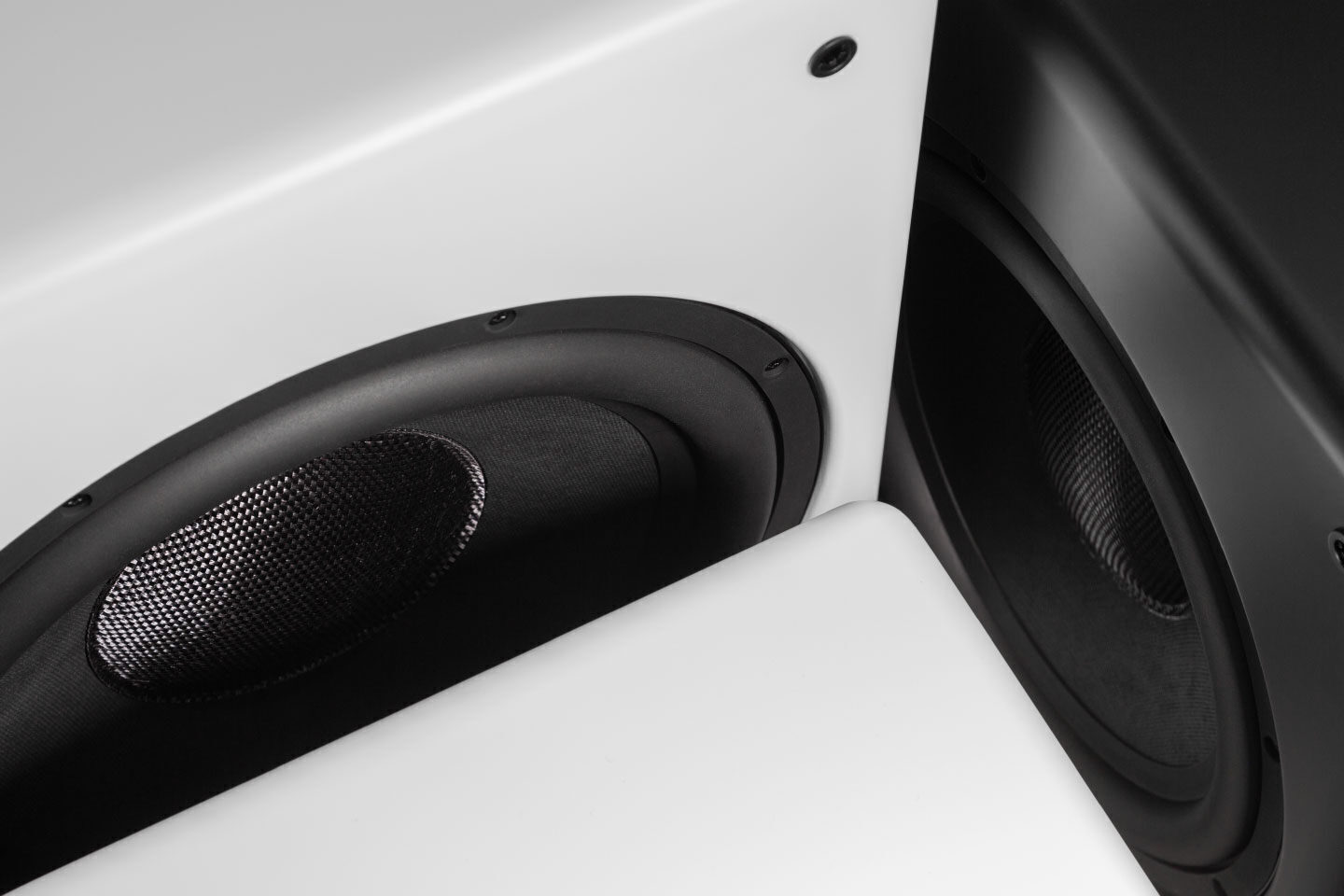
The line of home subwoofers from M&K Sound V8 and V10 received the letter designation “V”. And in this case, “V” does not mean Vendetta. The company’s marketers came up with much more interesting decodings for this letter: “proof” (vindication), “validation” (validation), and also “we see it this way” (vision). As you probably guessed, the company decided to confirm its professional status in the field of subwoofer construction. But who doubted it? In my opinion, it is much more interesting how M&K Sound decided to prove its superiority in the market.
Various calibers
Today’s Review is unusual in that the subject of the study was not one model, but the entire series of subwoofers with the V index: the junior V8, the middle V10, and the senior V12. From a technological point of view, all three models are identical. They differ only in the caliber of the speaker, the power of the built-in amplifier, and, of course, the price.
You may like: SVS 3000 Micro Subwoofer: Big Sound in a Tiny Package
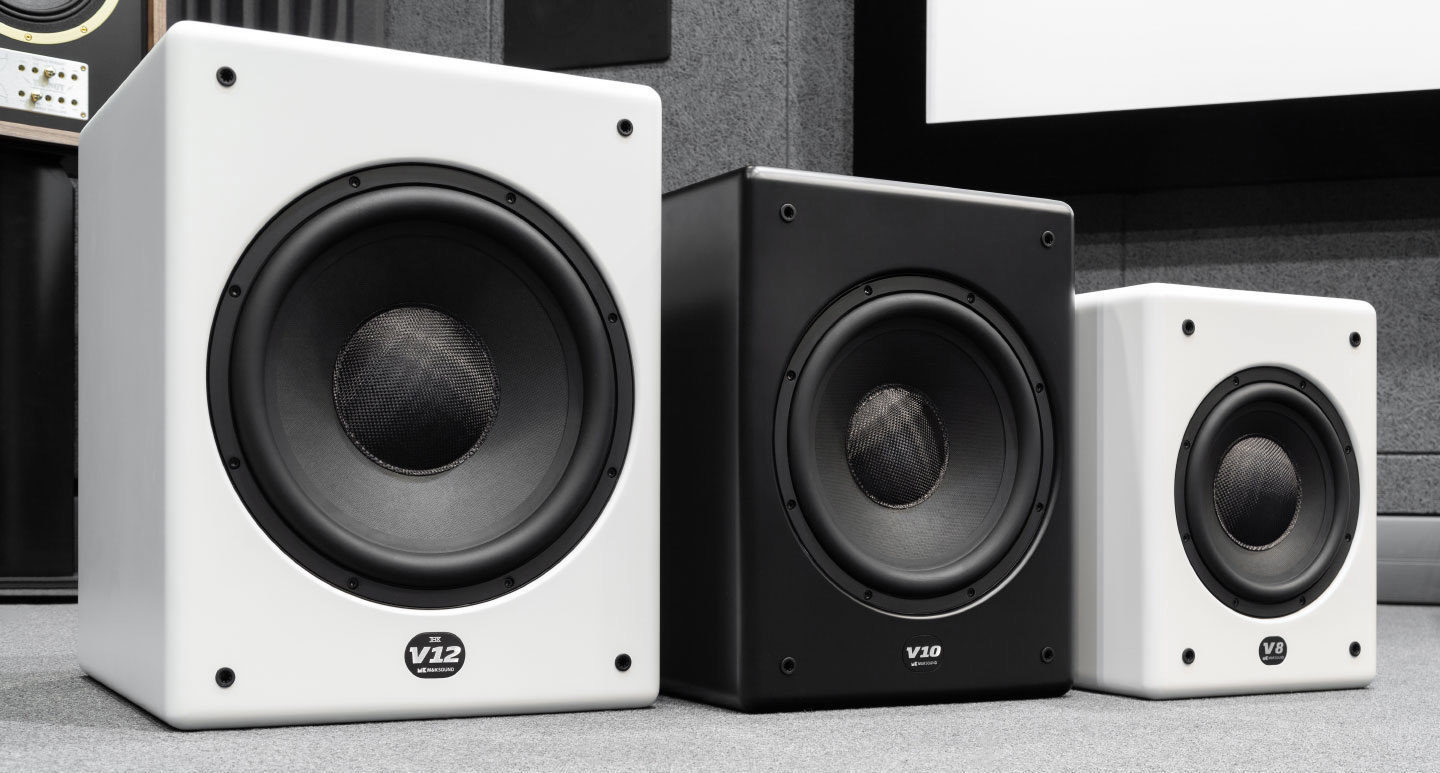
The price is worth paying special attention to for two reasons. Firstly, by the brand’s standards, these are inexpensive models, which, although they do not fall into the budget category, cost quite reasonable money. Secondly, the difference in price between the models is not so great that you have to limit yourself in your choice based on financial considerations. By paying a little extra for a couple of inches, you can choose a subwoofer with the best performance.
Simpler does not mean worse
M&K Sound engineers prefer to avoid phase inverter design in their designs. But if in the senior line, we are talking about a push-pull design with two speakers loaded on one closed acoustic volume, in the V series everything is simpler – a classic closed box with a frontal emitter is used.
Let me immediately draw your attention to the fact that the cases are made from solid MDF sheets 25 mm thick and have an internal brace 18 mm thick, so the case is heavy, acoustically inert, and durable, capable of withstanding the onslaught of a powerful low-frequency driver.
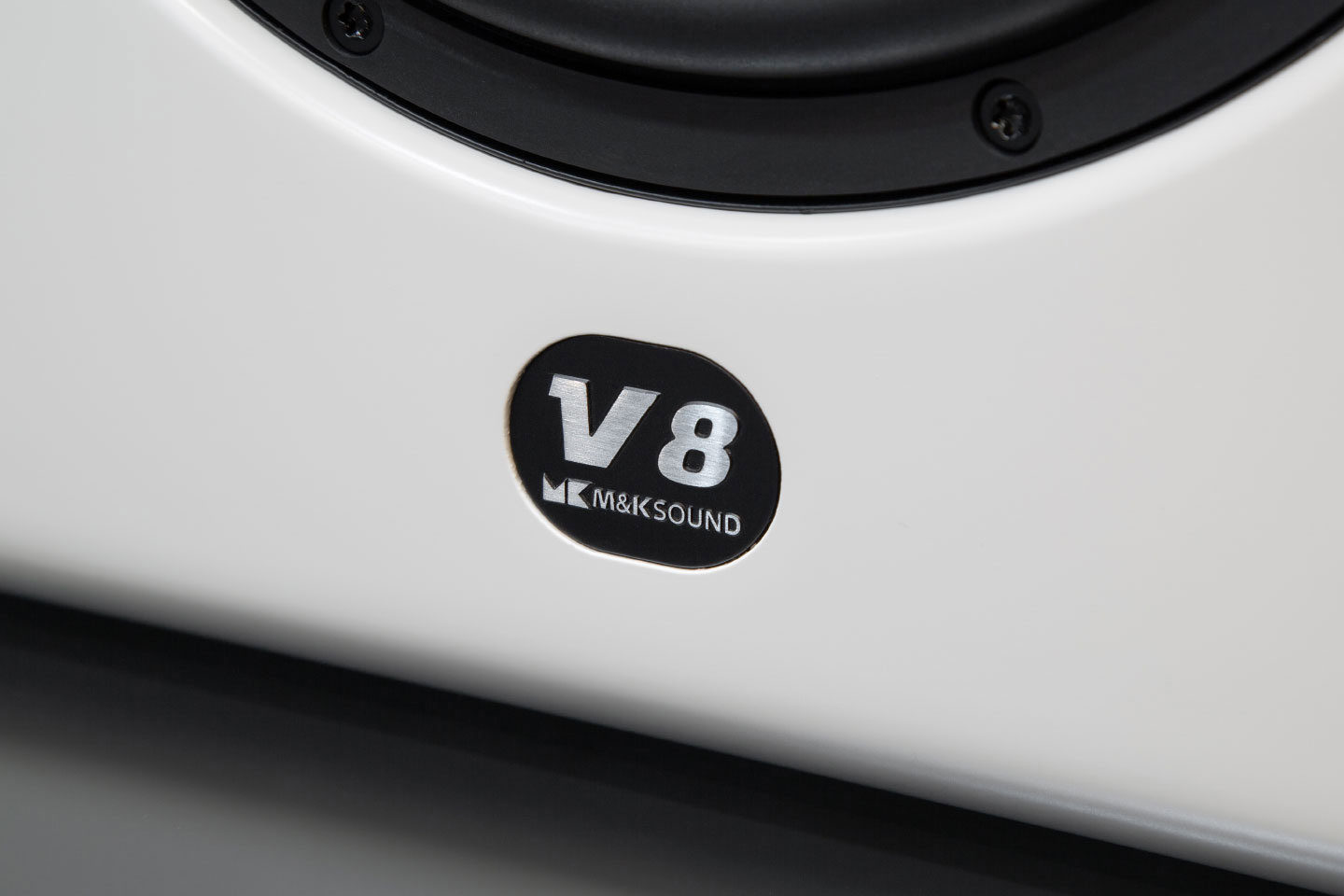
The design of the drivers themselves, used in the V series, is largely borrowed from the X series. A dense cellulose diffuser is installed in a perforated steel basket on a rubber suspension. Its central part is reinforced with a dust cap made of fiberglass. The fiberglass is quite thick – this is visible to the naked eye, and the diffuser has a decent thickness.
Also Read: Deep Bass Dynamics: Discover the Nakamichi DRAGON Modular 12 Subwoofer
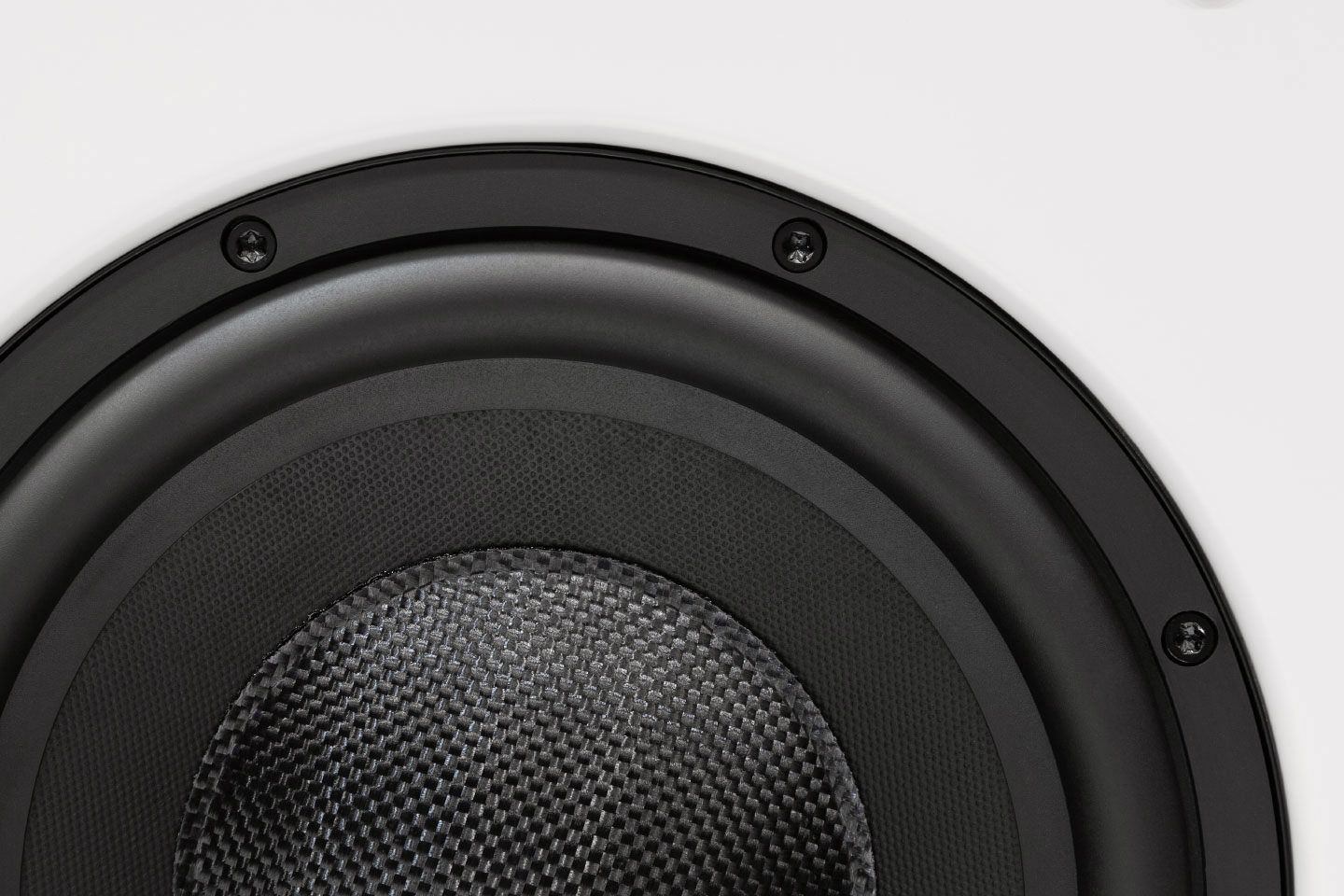
When tapped, it responds more like wood than paper or cardboard. The rubber suspension is elastic, and solid, to match the powerful diffuser. At the same time, a large diffuser stroke is allowed, and freedom of movement is limited mainly by a rigid centering washer.
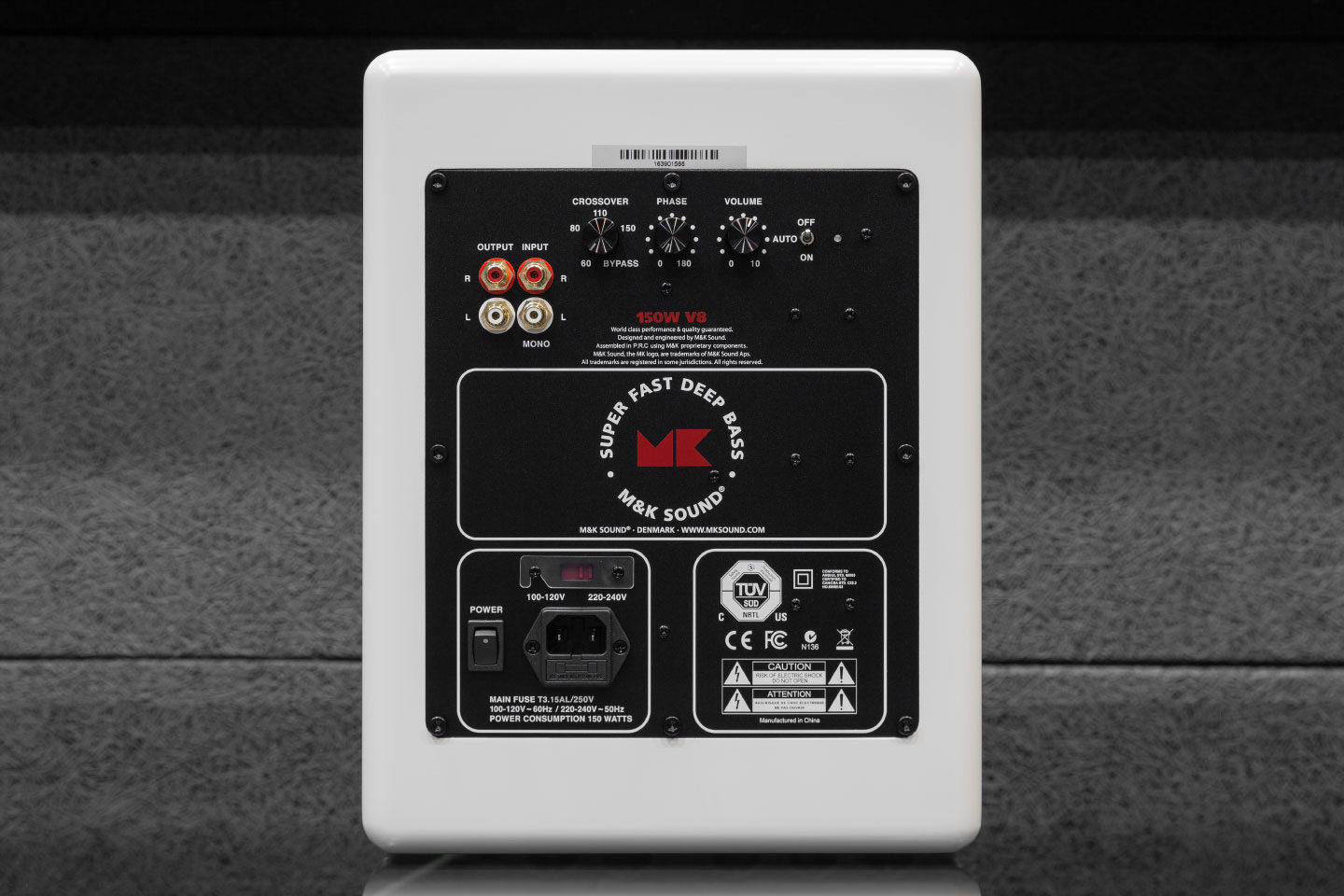
The speaker’s voice coil is wound with aluminum wire, similar to the X-series speakers. The magnetic system design includes an aluminum Faraday ring to equalize magnetic induction and provide a larger working amplitude. In turn, the magnetic system core has a through hole with an outwardly expanding outlet, which is designed to eliminate the compression effect.
Connect and configure
We can endlessly argue about the advantages of low-level or high-level connections, decide whether a subwoofer needs a stereo input or a mono input is enough, and also build other theories on this matter. If we turn to the source, it is easy to notice that of all the possible connection options, we are offered only a low-level stereo with a through stereo output.
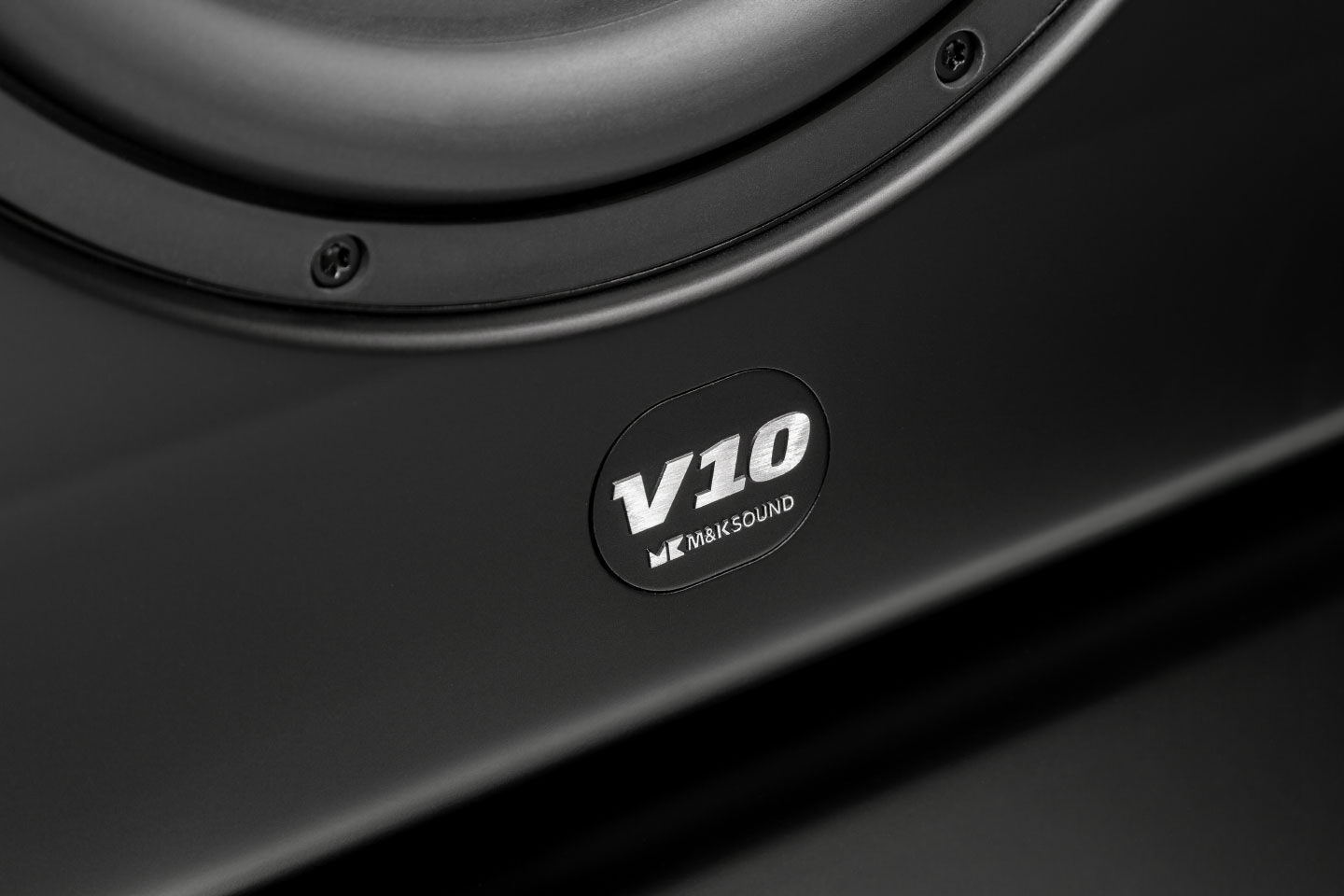
This leads to two conclusions. First: the signal must be stereophonic, so as not to depend on the presence of a special LFE output on the source. You can safely use the stereo output of the preamplifier, including connecting the subwoofer to the break in the cable between the preamplifier and the power amplifier. Second: we do not need a high-level output. And do not ask me why – all questions to M&K Sound: they invented subwoofers, they know better.
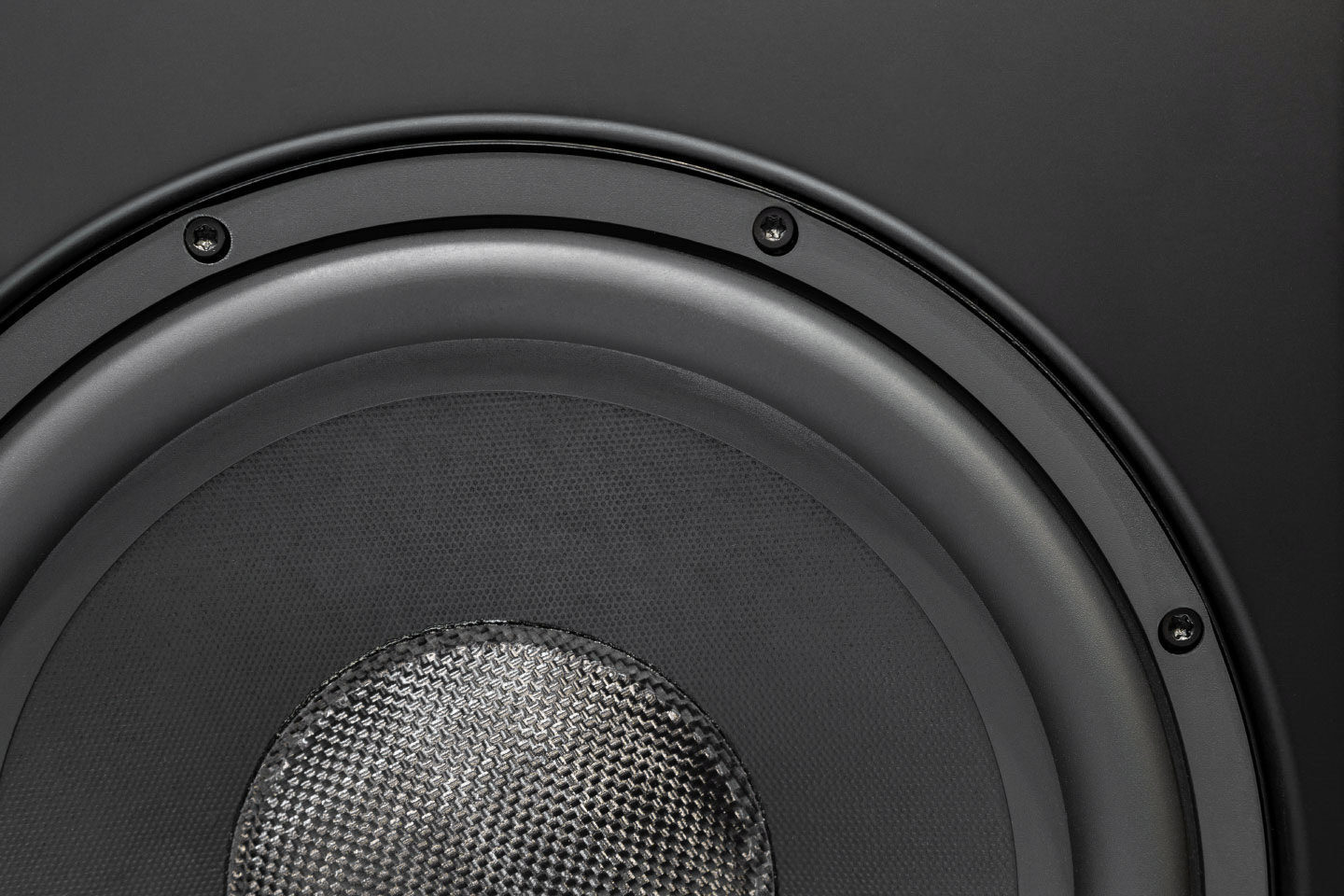
As for the settings, there are no miracles or surprises – a classic set of tools: frequency, phase, and volume. Everything is adjusted smoothly, with potentiometers; there is no crossover off button – if you need to take it out of play, just turn the knob to the right. The lack of a full bypass of the crossover board looks somehow not like an audiophile, but M&K Sound is originally a professional brand, so High-End excesses in the design are not welcome.
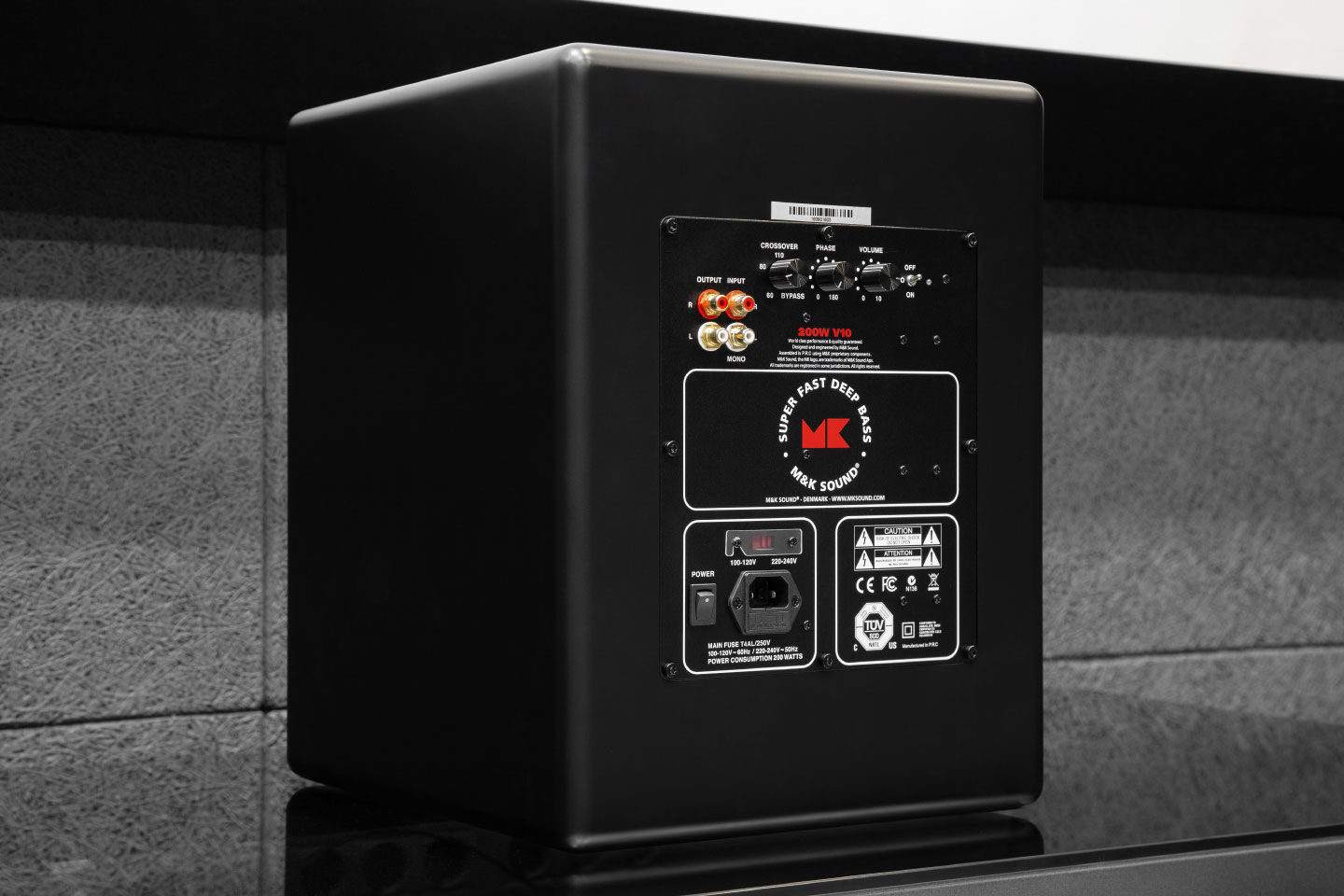
Against this background, the implementation of power management looks unexpected. For this, the developers suggest that we use two switches at once. The first is a key that completely disconnects the power from the network, and the second is a small toggle switch with three positions: “always on”, “automatic mode” and “off”. The last position functionally duplicates the main power button, but it is something like a standby mode button or “mute” since it does not provide complete de-energization. There is no need to worry about energy consumption in this mode since the subwoofers are equipped with class D amplifiers, which are quite economical in operation, and without a load they consume no more than a smartphone charger.
The right cube
The enclosures are cubic with rounded corners and edges and are also covered with a soft-touch, matte varnish that you want to touch (yes, fingerprints do not appear out of nowhere on the demo samples). Grilles for the subwoofers are included in the color of the enclosure, so if you choose the white version, the subwoofer will be all white and will not spoil your design plans.
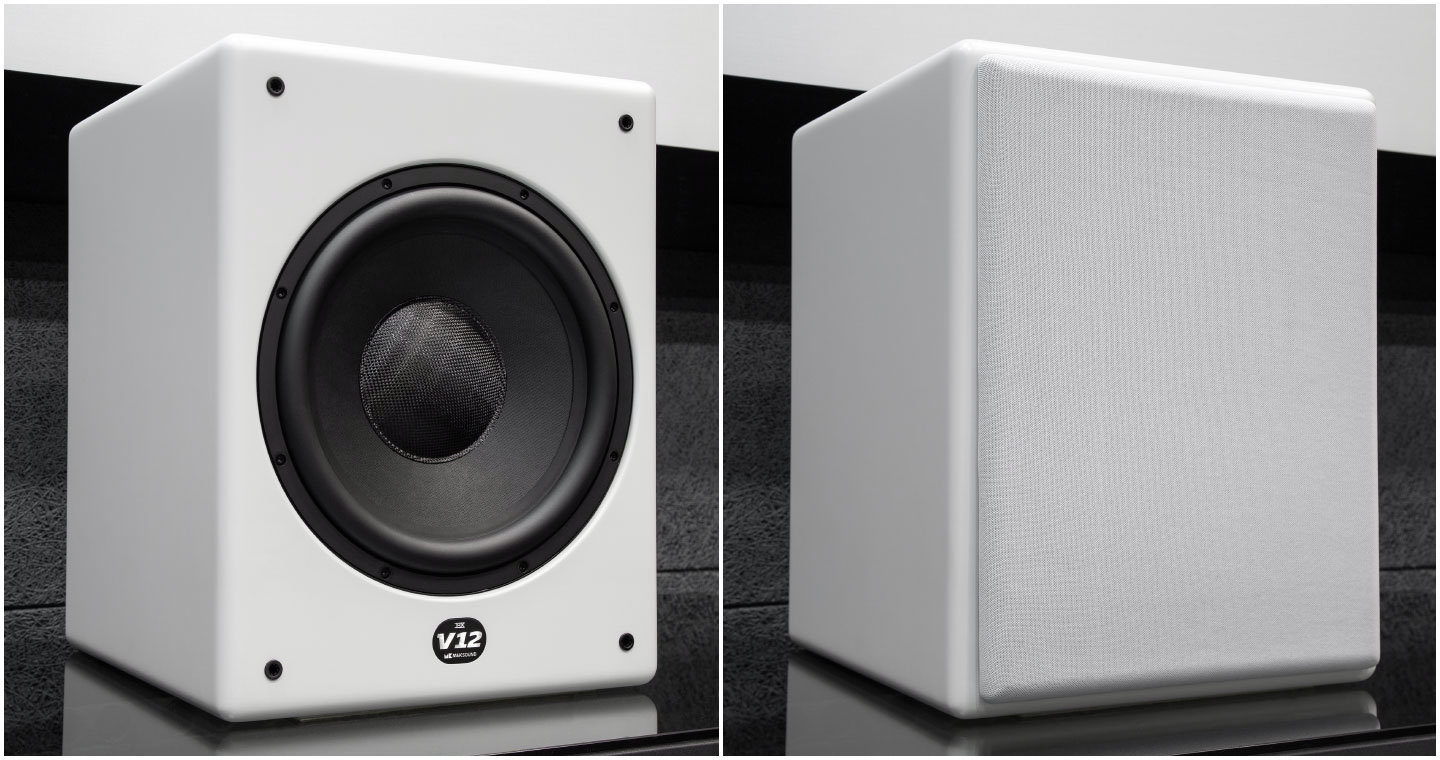
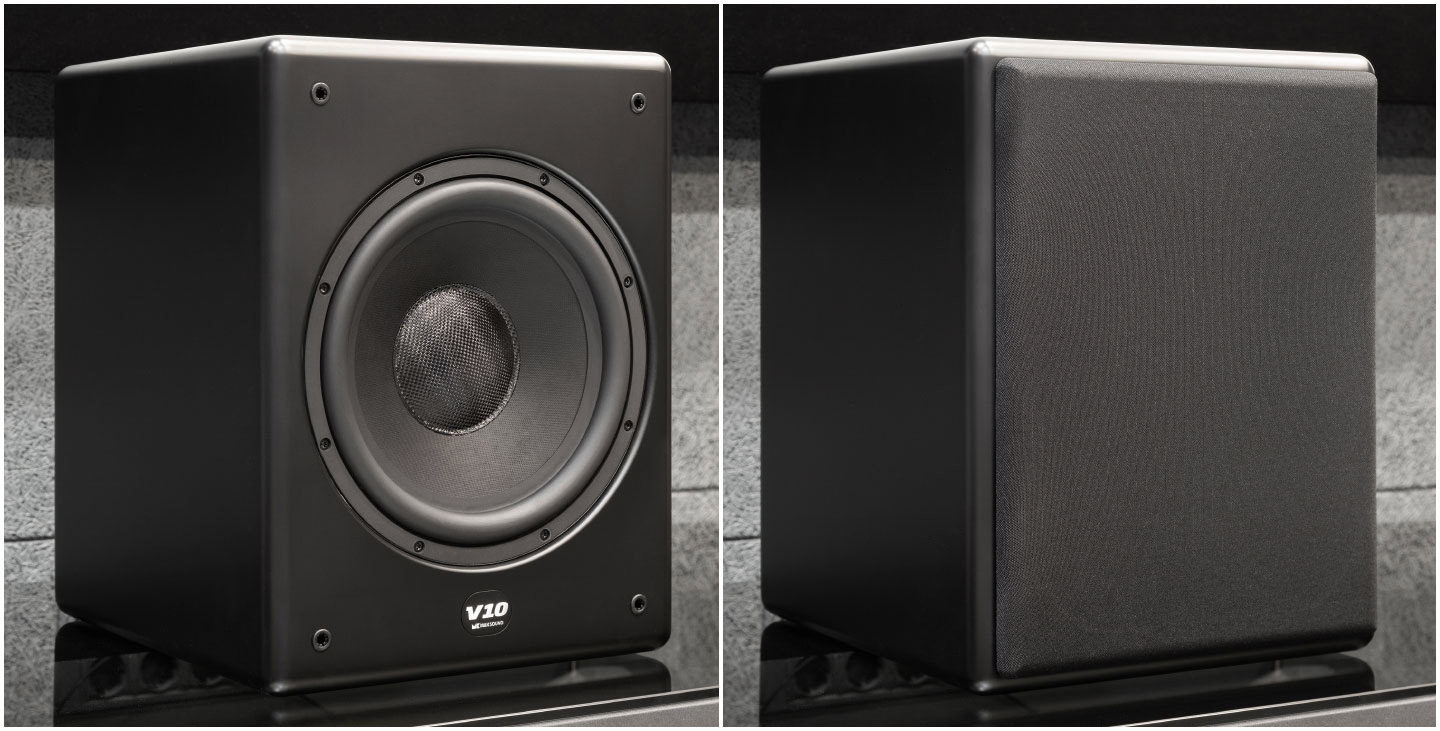
Even the junior V8 has a fairly solid weight, so there is no need to press it to the floor with additional ballast and thereby spoil the appearance. The closed design, in turn, will make life easier for the installer – it will eliminate the need to take into account such a factor as the location and direction of the phase inverter. No phase inverter – no problem! In my opinion, this is a very reasonable approach.
The right size
The size of the subwoofer’s emitter (along with its power) determines what task it can perform and what size of room it is best suited for. In addition, subwoofers have never been able to boast a linear frequency response, and the deeper the bass they can reproduce, the lower the crossover frequency should be set. With this in mind, two pairs of speakers were selected for testing: small Tannoy Revolution XT 6 bookshelf speakers, which are not distinguished by their bass, and large Quad Z4 floor speakers with three 165 mm Kevlar woofers, which themselves do an excellent job of reproducing low frequencies. Listening took place in a demo room with acoustic preparation, the size of which is comparable to a large living room, so we had to keep in mind the fact that the bookshelf speakers were initially in a less advantageous position, while the floor speakers, on the contrary, were in almost optimal conditions. The role of the source and amplifier was performed by the universal Naim Uniti Nova device. The signal to the subwoofers was taken from adjustable stereo outputs.
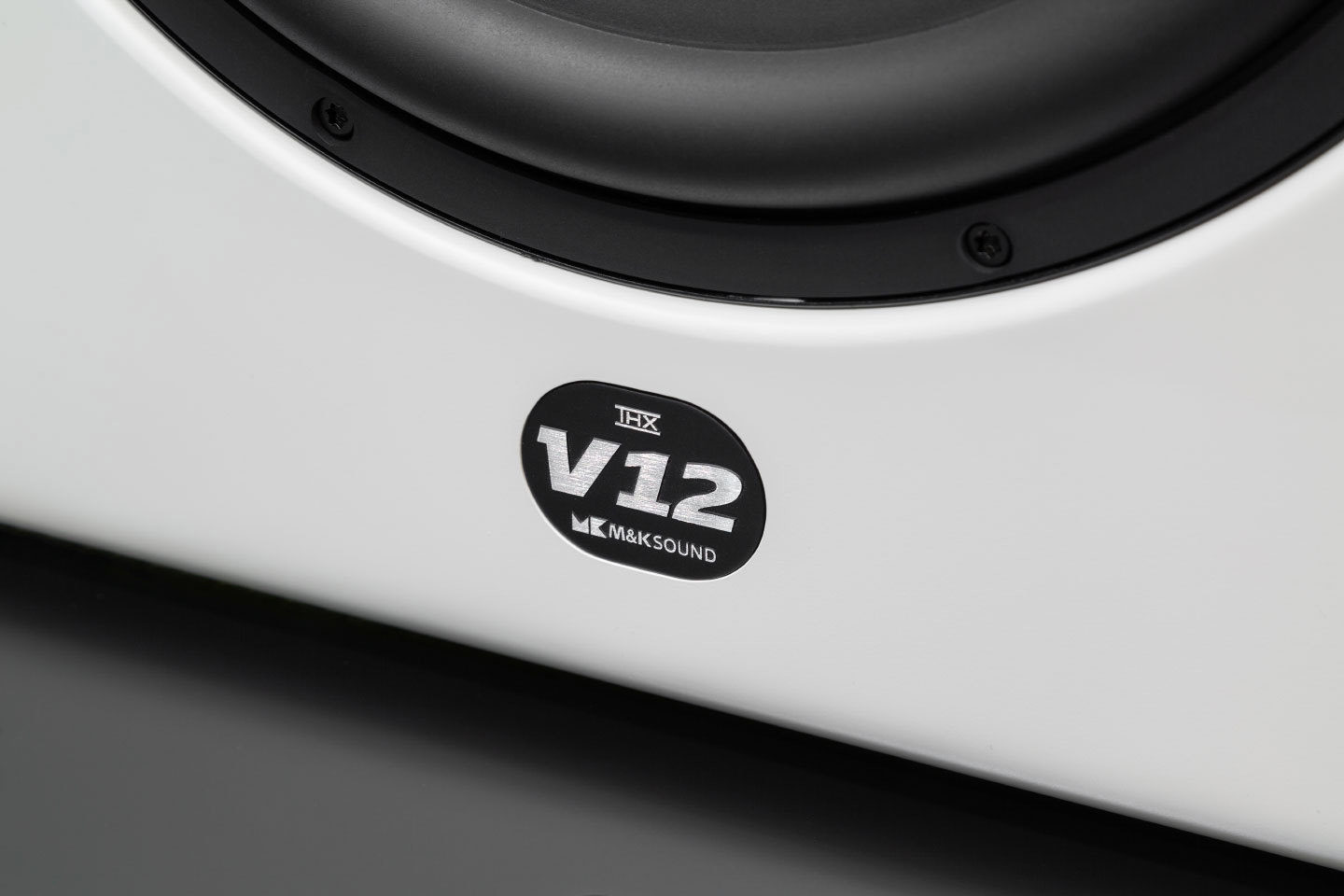
I won’t keep the suspense for long: in the process of matching the acoustics and subwoofers, the results were completely in line with expectations. The junior V8 turned out to be practically useless when working with floor-standing speakers but sang great with the bookshelf speakers. The matching was seamless and a confident upper and middle bass was added to the original purely shelf sound. It sounded fast, and sharp, with excellent dynamics and agility. However, the lower bass was only slightly outlined, and in terms of sound scale, such a triphone was more likely to compare with medium-sized floor-standing speakers.
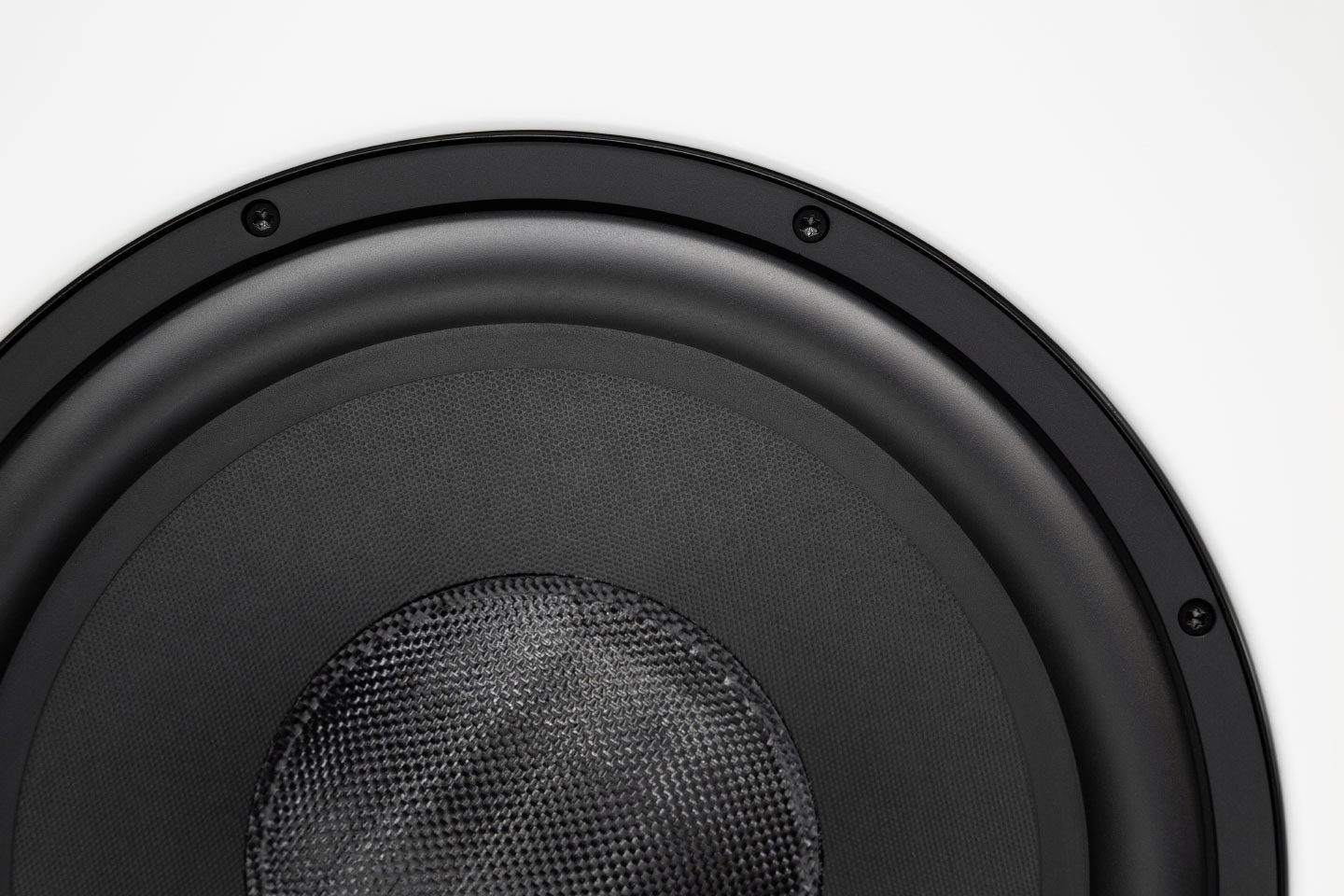
The situation turned out to be completely different when using the V10 model. The middle sub, like the younger one, was well suited to the bookshelf speakers. However, the lower bass turned out to be more tangible and full-bodied, like that of large floor speakers, but on musical compositions that are especially demanding in terms of speed and clarity of bass performance, it was possible to notice that in these parameters the V10 is slightly inferior to the V8.
When paired with the inherently bassier floor standers, the V10 focused on the lower bass and managed to extend the frequency response a bit into the lower frequencies, adding a couple of weighty notes to the double bass and enhancing the sense of scale when listening to symphony orchestra recordings. This contribution is worthy, but not vital.
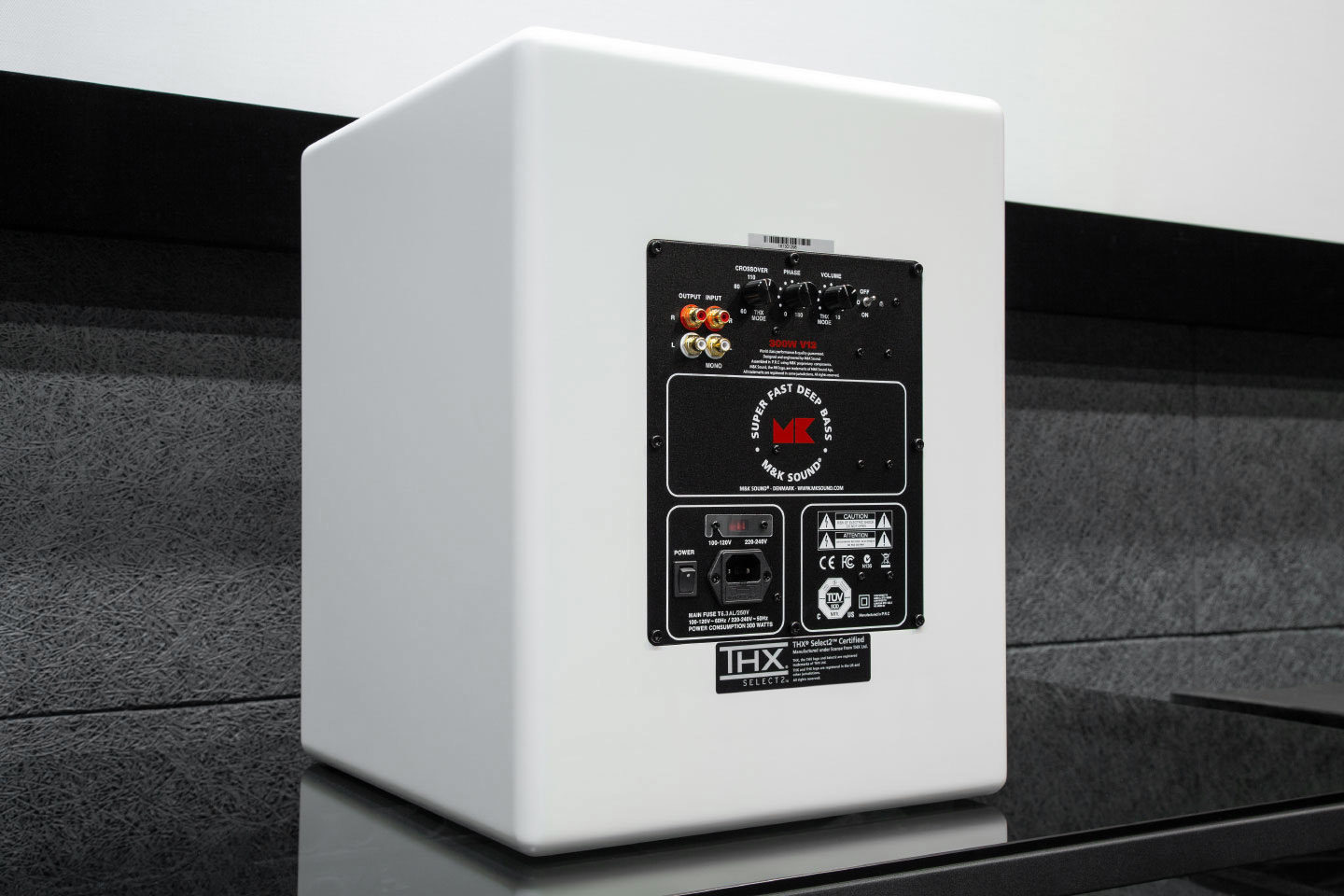
The V12 subwoofer is a completely different story. It showed that the Quad Z4 floor standers, although they produce bass quite confidently, can play even more maturely with the right bass support. After the V12 came into play, I remembered how a home theater sounds, based on a full set of M&K Sound speakers, including a pair of X-series subwoofers. Although with the triphones on, the bass waves did not make loose parts of clothing move, the feeling of depth and fullness of reproduction of the lowest bass notes was very similar.
The V12 refused to fit seamlessly with the bookshelf speakers. It either played solo, making the room hum in the upper and middle bass, or hid in the shadows, responding only to the lower notes. After a series of experiments, I managed to get a completely working scheme using the V8 in the upper and middle bass with the support of the V12 in the lower one. I cannot call this scheme optimal in a stereo system but it may be quite appropriate in a home theater when it is possible to use only small satellites.
Conclusions
The larger the diffuser diameter, the deeper the bass will be and the lower the crossover frequency should be. This simple truth was reflected in the M&K Sound subwoofer trio. As a result, the V8 and V10 models are suitable for small acoustics and use in small rooms, and the V12 will be appropriate in more spacious halls, in the case when the main system needs to be slightly “supported” from below, and not play the entire bass for the satellites. In some cases, the V10 can also perform this role, which is why it can be described as universal.
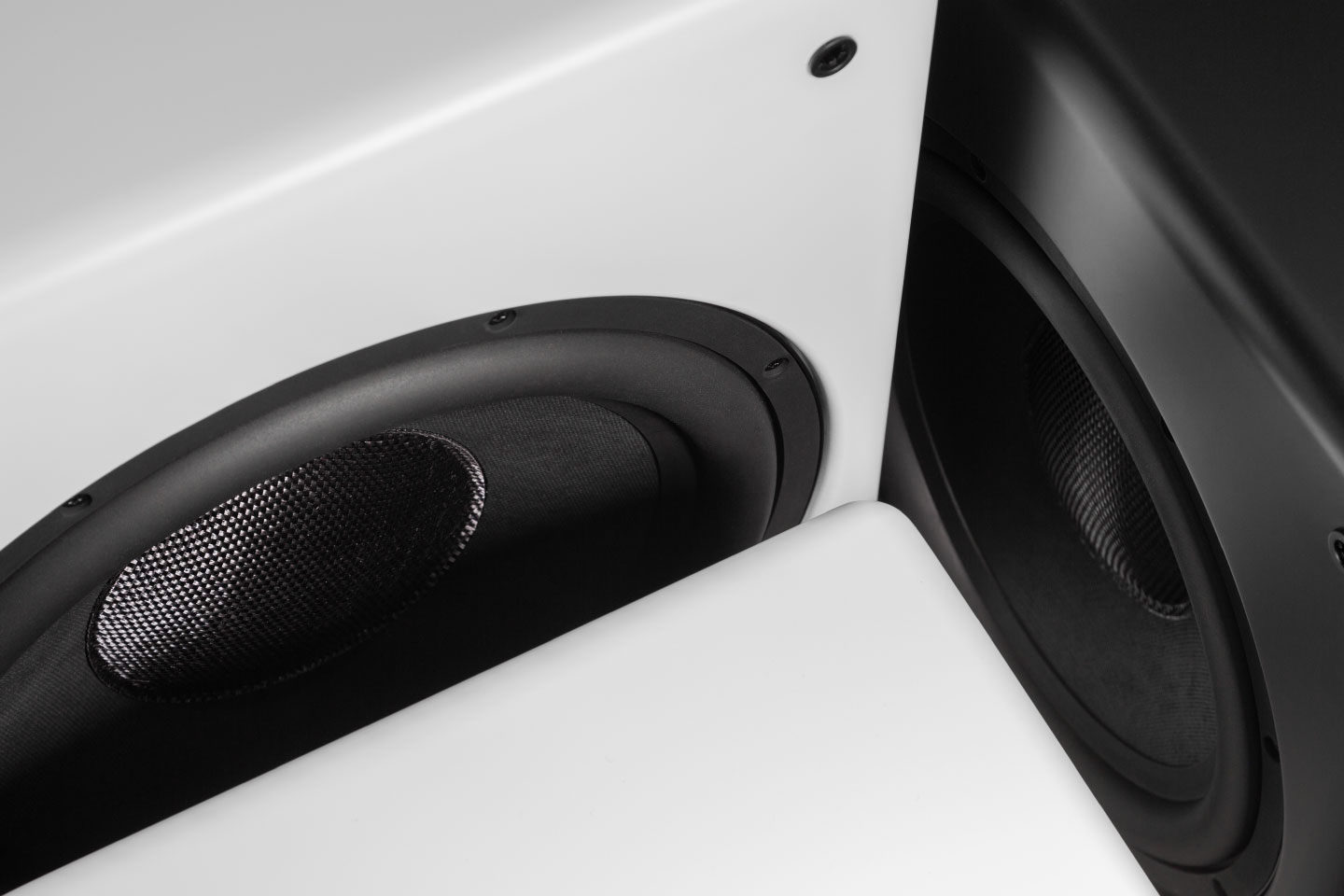
The overall impression from getting to know this trio was purely positive. If you close your eyes to some simplicity and utility in matters of organizing connections and control, the models can be called optimal for home use. One extremely important quality makes them so – predictability. All three devices fully met expectations in terms of capabilities and sound quality, thereby honestly working off their cost.
FAQs M&K Sound V8 and V10, V12 Review
Q1: What are the main differences between the M&K Sound V8, V10, and V12 subwoofers?
A1: The primary differences among the V8, V10, and V12 subwoofers lie in their driver size, power handling, and output capabilities. The V8 features an 8-inch driver, the V10 has a 10-inch driver, and the V12 comes with a 12-inch driver, providing varying levels of bass performance and room-filling capabilities.
Q2: How do these subwoofers perform in terms of sound quality?
A2: All three models deliver exceptional sound quality with tight, accurate bass. The V10 and V12, with their larger drivers, typically provide deeper bass extension and higher output levels compared to the V8, making them suitable for larger spaces and more demanding audio setups.
Q3: What is the frequency response range for each model?
A3:
- V8: Typically has a frequency response of 35 Hz to 200 Hz.
- V10: Usually ranges from 30 Hz to 200 Hz.
- V12: Often extends from 25 Hz to 200 Hz.
This means that the V12 offers the deepest bass response, followed by the V10 and V8.
Q4: How do the V8, V10, and V12 integrate into home theater systems?
A4: These subwoofers are designed to seamlessly integrate into home theater systems, providing impactful bass that enhances the overall audio experience. They include multiple connectivity options, making it easy to connect to receivers and other audio equipment.
Q5: What are the power ratings for the M&K Sound V8, V10, and V12?
A5:
- V8: Typically has a power handling of around 150 watts RMS.
- V10: Usually rated at approximately 200 watts RMS.
- V12: Often features power handling of about 300 watts RMS.
This power difference contributes to the output capabilities of each model.
Q6: How do users typically describe the build quality of these subwoofers?
A6: Users often describe the build quality of the M&K Sound V8, V10, and V12 as solid and durable, with well-constructed cabinets that minimize resonance and enhance sound performance. The finish is usually appealing, adding to the aesthetics of home audio setups.
Q7: Are there any specific use cases where one model excels over the others?
A7:
- The V8 is ideal for smaller rooms or setups where space is limited.
- The V10 strikes a balance, making it versatile for both music and movies in medium-sized spaces.
- The V12 excels in larger rooms or high-demand setups, providing the deepest bass and the highest output levels.
Q8: What are the typical pricing ranges for the M&K Sound V8, V10, and V12?
A8: Pricing can vary based on the retailer and any ongoing promotions, but generally, the V8 is the most affordable, followed by the V10, with the V12 being the most expensive due to its larger driver and enhanced capabilities.
Specification
Advantages: High-quality bass reproduction, compact dimensions, neutral and aesthetic design
Flaws: No high-level inputs, non-switchable crossover
Price: M&K Sound V8 — $731, M&K Sound V10 — $974, M&K Sound V12 — $1175 (equivalent in rubles)
Passport details
M&K Sound V8
Emitter diameter: 8 inches
Acoustic design: closed box
Frequency range: 30-200 Hz
Amplifier Power: 150W RMS / 250W Peak
Adjustments: frequency, phase, volume
Inputs: Low-level stereo
Outputs: Low-level stereo (through)
Dimensions: 340x260x290 mm
Weight: 11 kg
M&K Sound V10
Emitter diameter: 10 inches
Acoustic design: closed box
Frequency range: 25-200 Hz
Amplifier Power: 200W RMS / 350W Peak
Adjustments: frequency, phase, volume
Inputs: Low-level stereo
Outputs: Low-level stereo (through)
Dimensions: 405x315x350 mm
Weight: 18 kg
M&K Sound V12
Emitter diameter: 12 inches
Acoustic design: closed box
Frequency range: 20-200 Hz
Amplifier Power: 300W RMS / 500W Peak
Adjustments: frequency, phase, volume
Inputs: Low-level stereo
Outputs: Low-level stereo (through)
Dimensions: 465x360x400 mm
Weight: 22 kg







